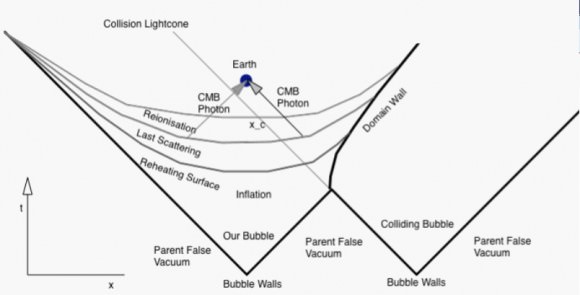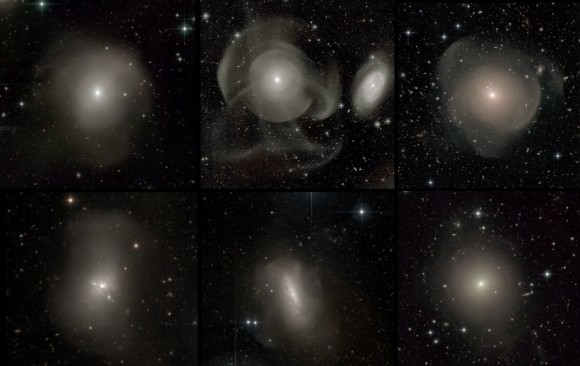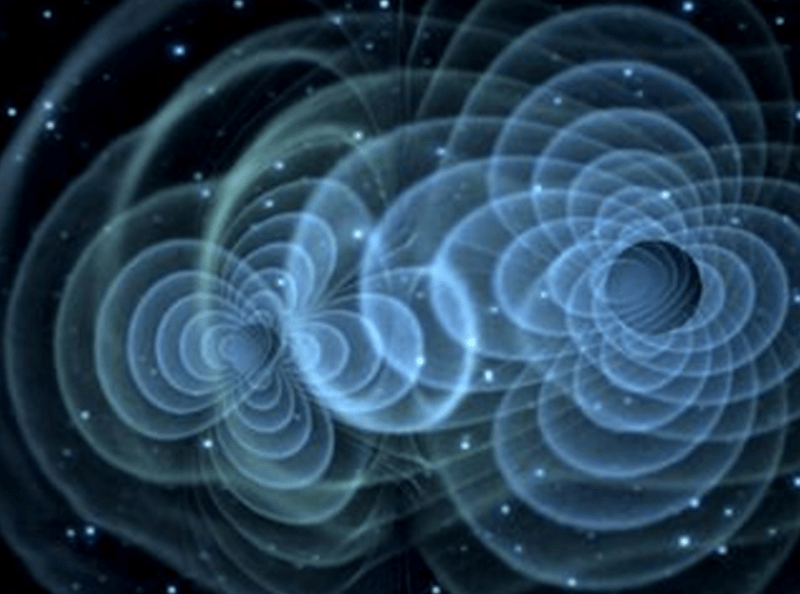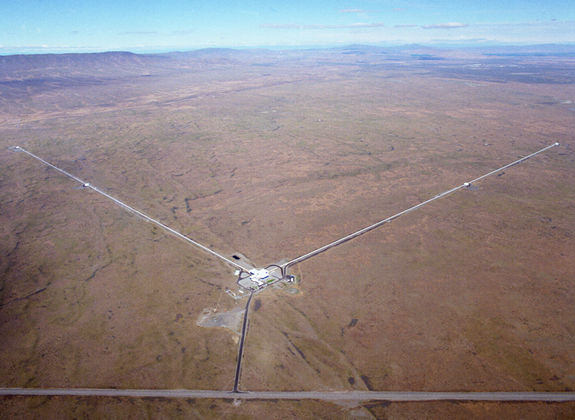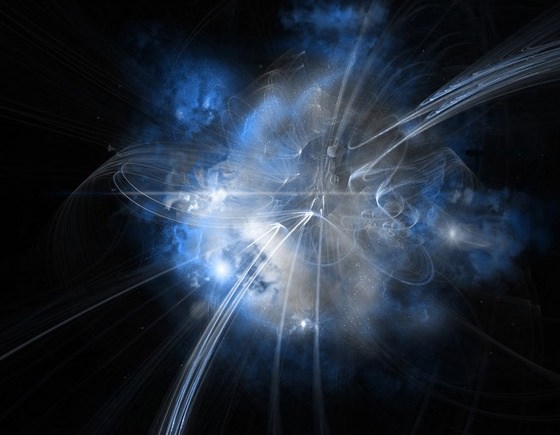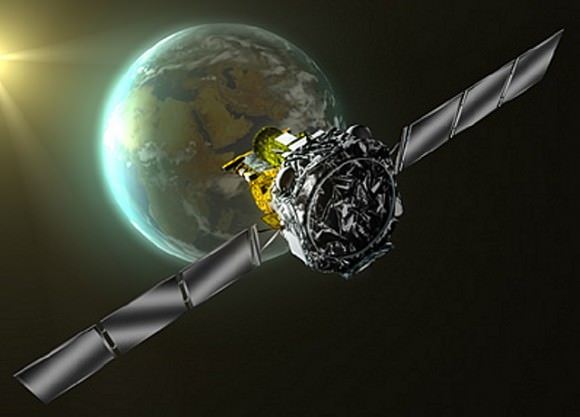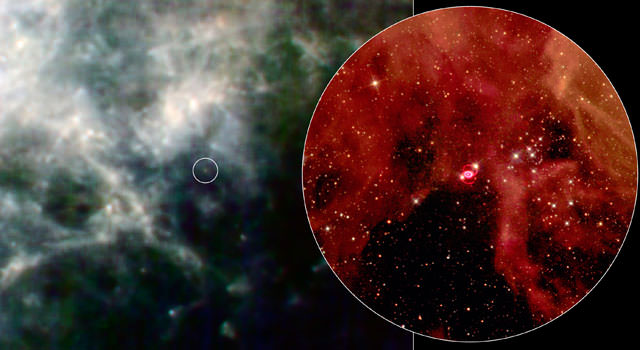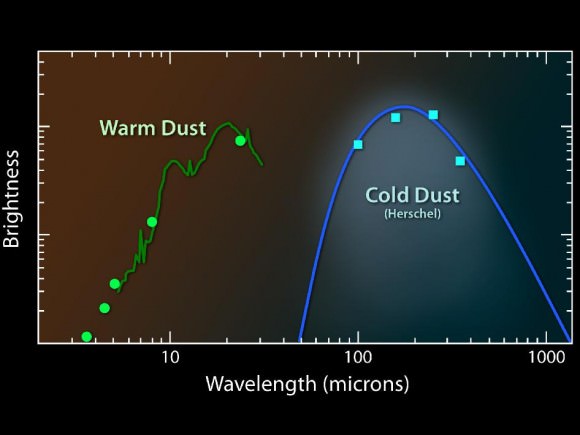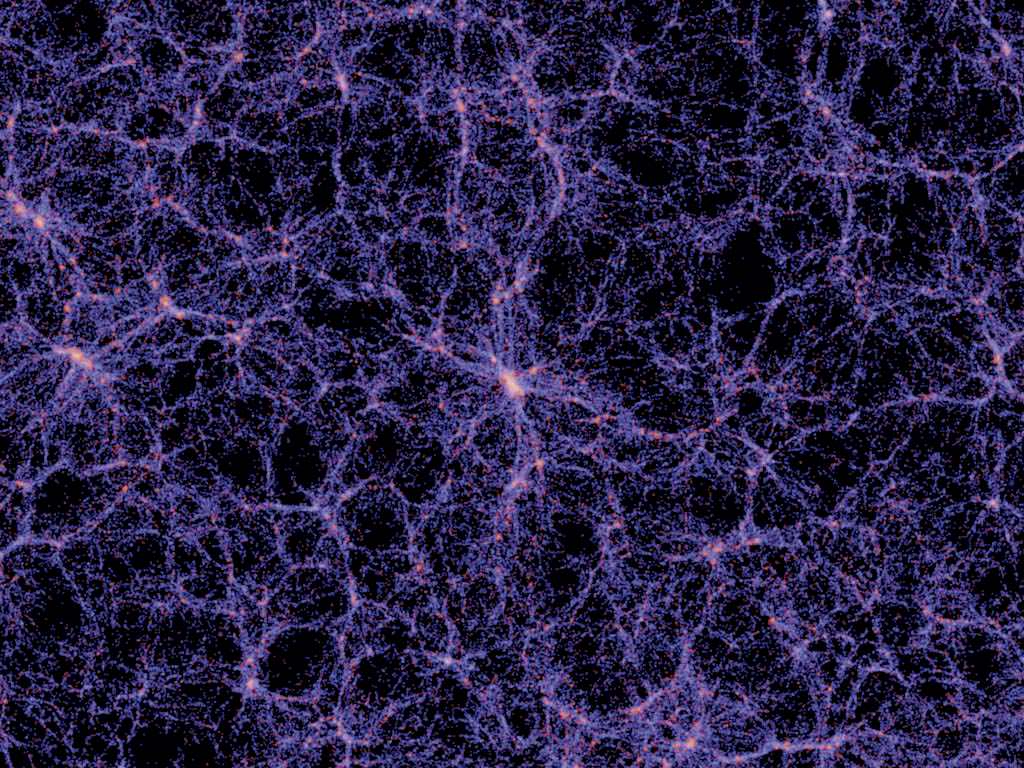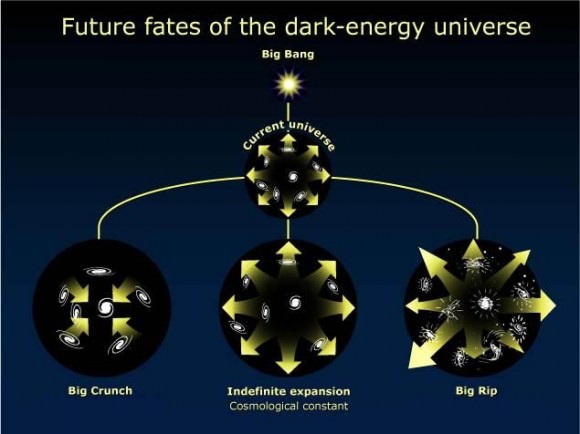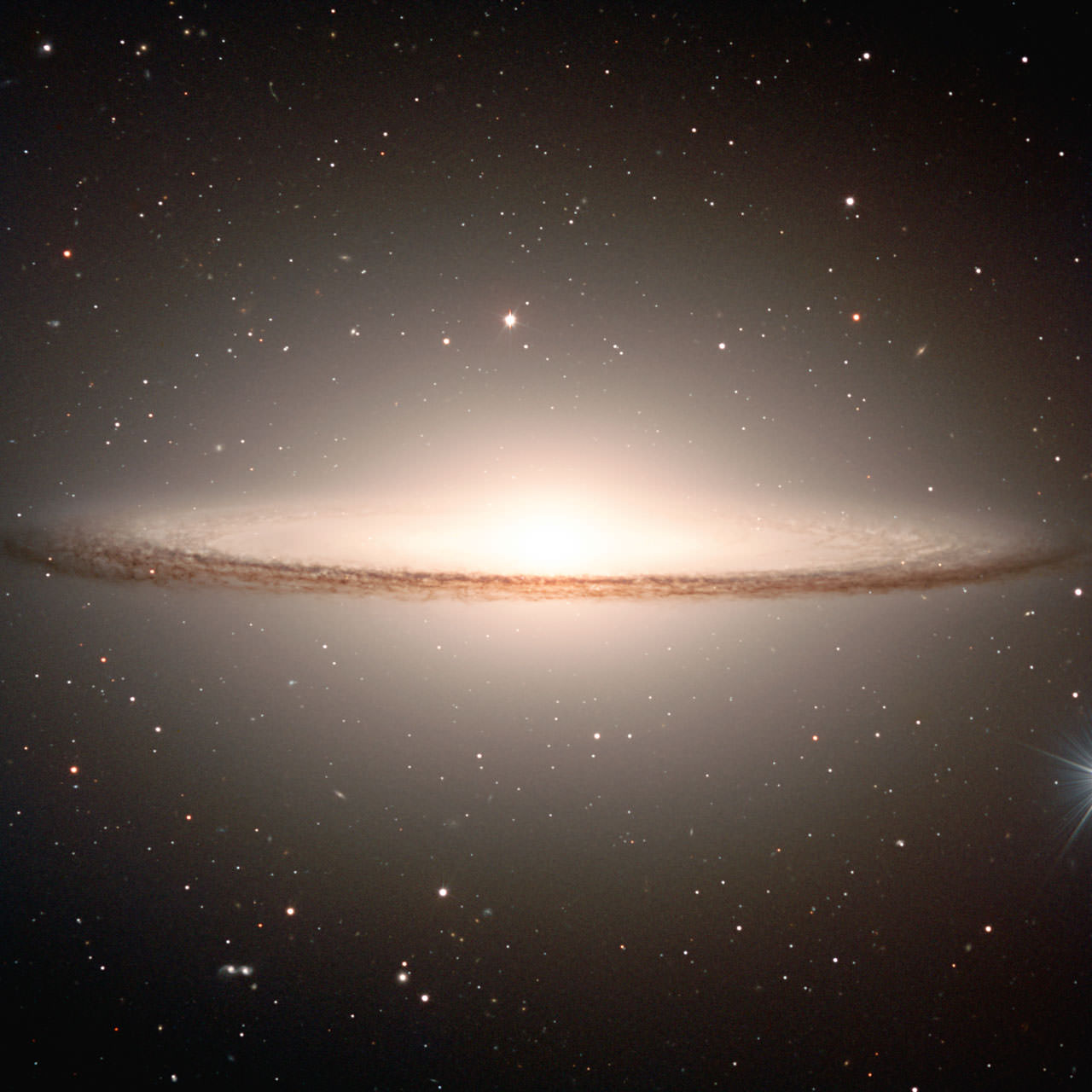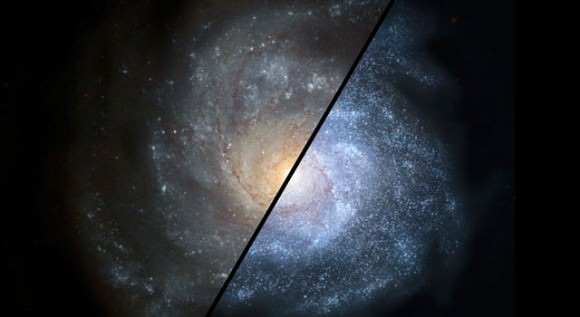[/caption]The multiverse theory is famous for its striking imagery. Just imagine our own Universe, drifting among a veritable sea of spontaneously inflating “bubble universes”, each a self-contained and causally separate pocket of higher-dimensional spacetime. It’s quite an arresting picture. However, the theory is also famous for being one of the most criticized in all of cosmology. Why? For one, the idea is remarkably difficult, if not downright impossible, to test experimentally. But now, a team of British and Canadian scientists believe they may have found a way.
Attempts to prove the multiverse theory have historically relied upon examination of the CMB radiation, relic light from the Big Bang that satellites like NASA’s Wilkinson Microwave Anisotropy Probe, or WMAP, have probed with incredible accuracy. The CMB has already allowed astronomers to map the network of large-scale structure in today’s Universe from tiny fluctuations detected by WMAP. In a similar manner, some cosmologists have hoped to comb the CMB for disk-shaped patterns that would serve as evidence of collisions with other bubble universes.
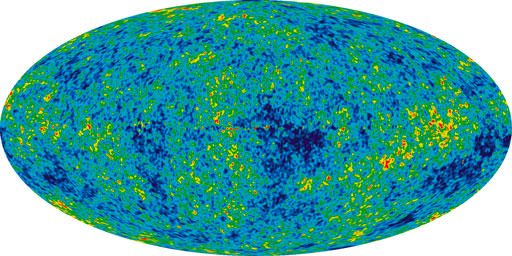
Now, physicists at University College London, Imperial College London and the Perimeter Institute for Theoretical Physics have designed a computer algorithm that actually examines the WMAP data for these telltale signatures. After determining what the WMAP results would look like both with and without cosmic collisions, the team uses the algorithm to determine which scenario fits best with the actual WMAP data. Once the results are in, the team’s algorithm performs a statistical analysis to ensure that any signatures that are detected are in fact due to collisions with other universes, and are unlikely to be due to chance. As an added bonus, the algorithm also puts an upper limit on the number of collision signatures astronomers are likely to find.
While their method may sound fairly straightforward, the researchers are quick to acknowledge the difficulty of the task at hand. As UCL researcher and co-author of the paper Dr. Hiranya Peiris put it, “It’s a very hard statistical and computational problem to search for all possible radii of the collision imprints at any possible place in the sky. But,” she adds, “that’s what pricked my curiosity.”
The results of this ground-breaking project are not yet conclusive enough to determine whether we live in a multiverse or not; however, the scientists remain optimistic about the rigor of their method. The team hopes to continue its research as the CMB is probed more deeply by the Planck satellite, which began its fifth all-sky survey on July 29. The research is published in Physical Review Letters and Physical Review D.
Source: UCL


